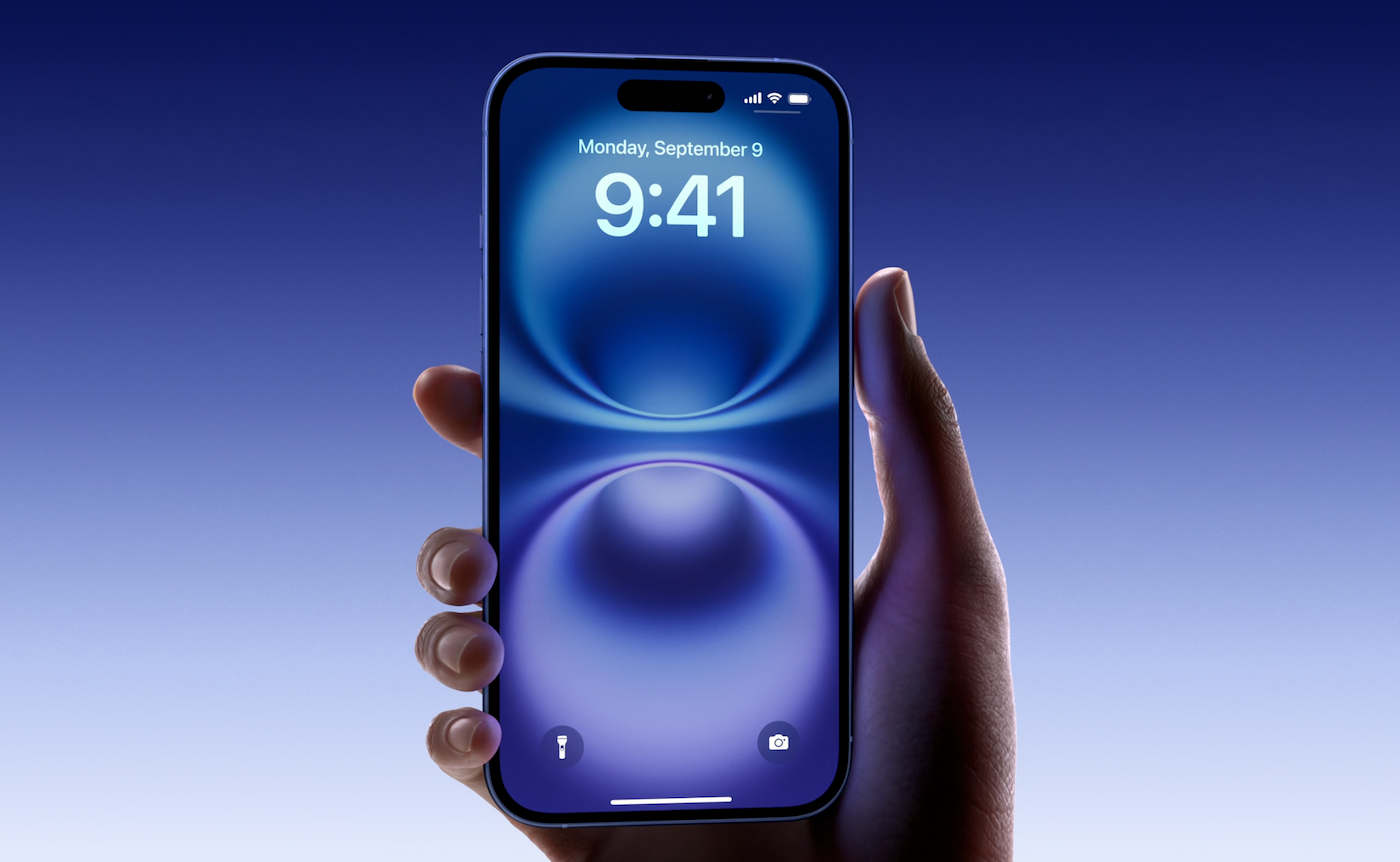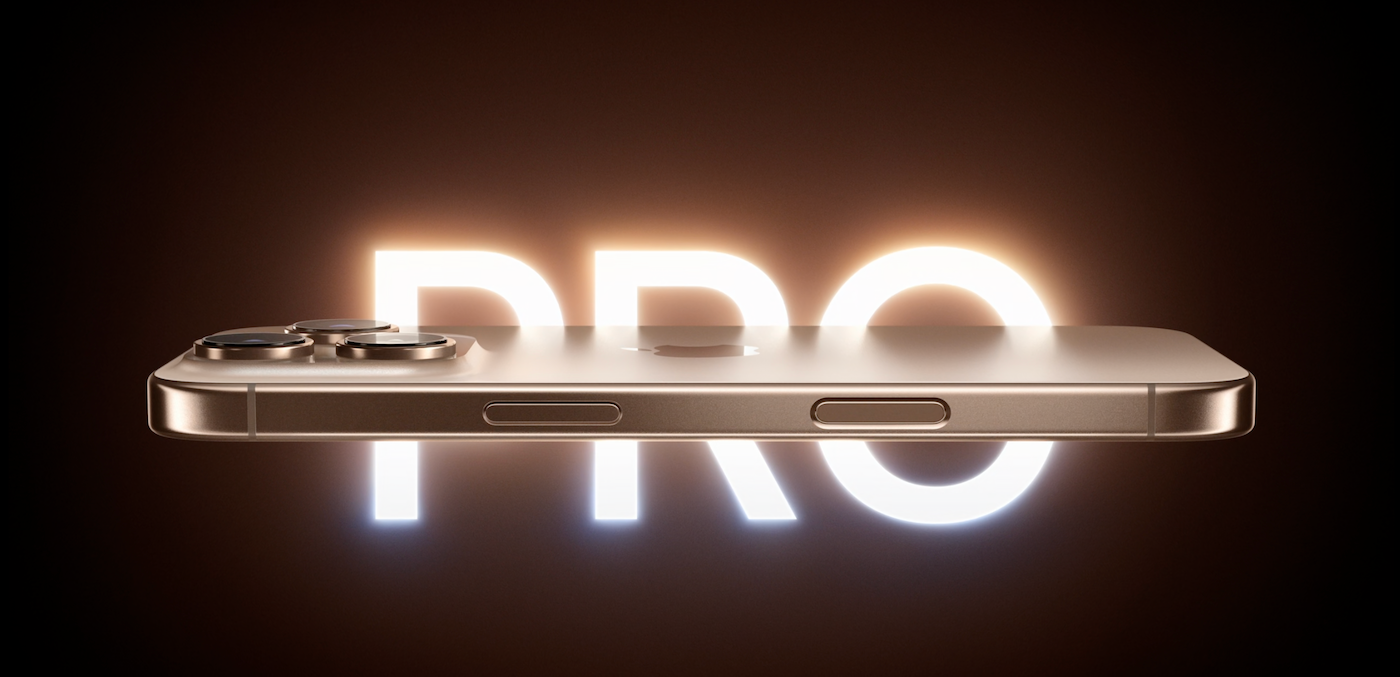Apple Keynote 2024: iPhone 16, new AirPods, Apple Intelligence and more unveiled
Apple on September 9 introduced four models of the upcoming iPhone 16, all of which will be capable of running generative Apple intelligence when iOS 18.1 becomes available later this year. These four models are:
- iPhone 16.
- iPhone 16 Plus.
- iPhone 16 Pro
- iPhone 16 Pro Max.
Each will be available for preorder on September 13th and go on sale on September 20th.
iPhone 16 rearranged camera controls
Contents

The designs of the latest iPhones are not much different from previous versions, with Apple perhaps relying on generative AI features to differentiate the next generation of smartphones. The iPhone 16 offers gold, ultramarine and pink as new colours. The iPhone 16 is 6.1 inches wide, while the iPhone 16 Plus is 6.7 inches.
The side button controls the camera features, giving the iPhone 16 a classic camera stance when held horizontally. The camera control button also unlocks photo-editing features.
The Photos app is based on the iPhone 15’s photo sorting layout, which groups together photos of specific people or events.
The iPhone 16 costs $799, and the iPhone 16 Plus costs $899.
iPhone 16 Pro

The premium models of the iPhone 16 come with larger (6.3” or 6.9”) displays. For those still thinking about the compact iPhone 5, the bigger size news might not be encouraging – but Apple has kept the premium phone impressively thin.
The A18 Pro chip has a 16-core Neural Engine for faster performance of generative AI workloads and improved graphics performance. It can handle professional video capture and encoding – including slow motion and 4K – and has ultra high-resolution and telephoto camera lenses.
Apple Intelligence provides generative AI capabilities
Apple Intelligence on iPhone is enabled by the more powerful and efficient A18 chip, built specifically for the iPhone 16. Although you’ll have to wait for a software update, Apple Intelligence will arrive with iOS 18.1 next year. Siri users may be able to use natural language even before that. As Apple announced in June, Apple Intelligence will enable:
- Summarize emails and notifications.
- Prioritize notifications.
- Creative and summary writing tools for emails, messages, and more.
- Create new emojis.
- Create a basic image in the Image Playground.
- Search and sort photos using natural language signals.
- Create movies by stitching together images and videos.
- Scene intelligence, which allows your phone to gain information about the scenes it sees through the camera.
- Photo cleanup and creative editing.
The AI models used for many of these tasks are built by Apple and run on the phone. For more intensive tasks, some AI tasks can be run on a private cloud to leverage OpenAI’s models. Apple emphasized that the data used in these private clouds is never shared with the company and the data centers used in these tasks run on renewable energy.
SEE ALSO: Is Apple’s iCloud Keychain right for your business?
Additionally, Siri will be able to respond to more natural gestures or catch what you’re saying if you stumble over your words.
These features will be available in beta in US English later this year, followed by other versions of English later this year and other languages in 2025.
Apple announces four new versions of AirPods
Apple showed off several new models of AirPods for 2024:
- AirPods 4.
- AirPods 4 with active noise cancellation.
- AirPods Pro 2.
- AirPods Max.
The AirPods 4 run on the H2 chip and new acoustic architecture for better audio. Spatial audio brings surround sound, while Siri and machine learning make calls clearer and let you answer some Siri questions by nodding or shaking your head. Music and calls can be started or ended with a button on the stem.
Active noise cancellation means the AirPods will automatically make your music or media quieter when the device detects you’re talking.
The pricing is as follows:
- AirPods 4 for $129.
- $179 for AirPods 4 with active noise cancellation.
- $249 for AirPods Pro 2.
- $549 for AirPods Max.
The Apple Watch Series 10 is bigger and thinner
The design of the Apple Watch Series 10 features a relatively large screen and thin edges (9.7 millimeters). The wide-angle OLED display is optimized for readability and large font sizes. For business, this means easy-to-read notifications and faster responses to important messages.
The case comes in a new color: Jet Black, which is made of aluminum. The Apple Watch Series 10 will come in rose gold or silver.
Users can play media or music directly through the watch’s speakers without needing AirPods. The aluminum case weighs 10% less than previous generations, and a new titanium case option replacing stainless steel reduces weight by 20% compared to the stainless steel Series 9.

Apple says the new watch charges 80% in just 30 minutes.
Inside the watch is the S10 chip, which has a 4-core neural engine for machine learning tools such as dictation, automatic workout detection, fall detection or Siri. Neural networks are also used to suppress background noise in phone calls. Translation features will also be available.
Apple CEO Tim Cook emphasized health applications, such as a heart monitor and accident detection. The Apple Watch Series 10 has been validated to detect sleep apnea — a new addition to a wide set of health-monitoring capabilities. FDA approval for the US is expected in the autumn, with international availability to follow.
The Apple Watch Series 10 starts at $399, with preorders starting today and it becoming generally available on September 20th.
Apple Watch Ultra 2 brings a more rugged design, custom workouts, pacing features for runners, and activity recognition. This model aimed at athletes starts at $799, preorders begin today, and will be available starting September 20.
#Apple #Keynote #iPhone #AirPods #Apple #Intelligence #unveiled
